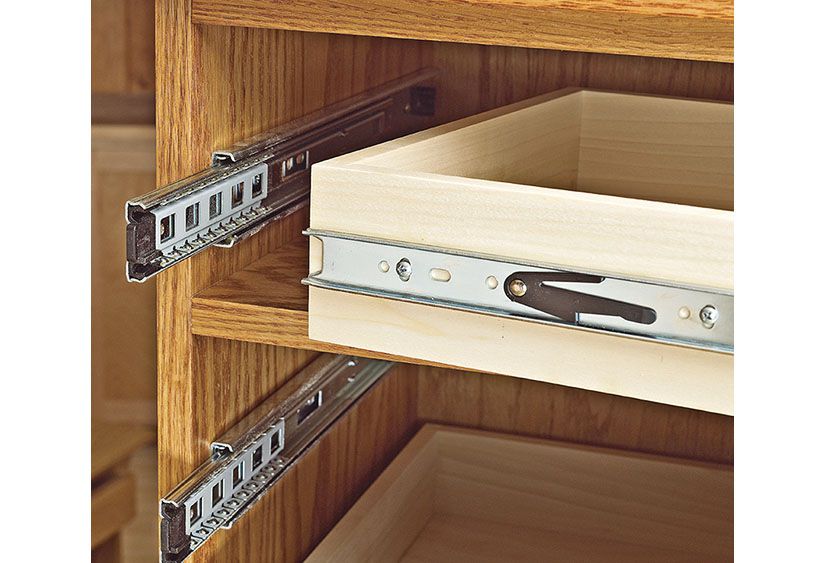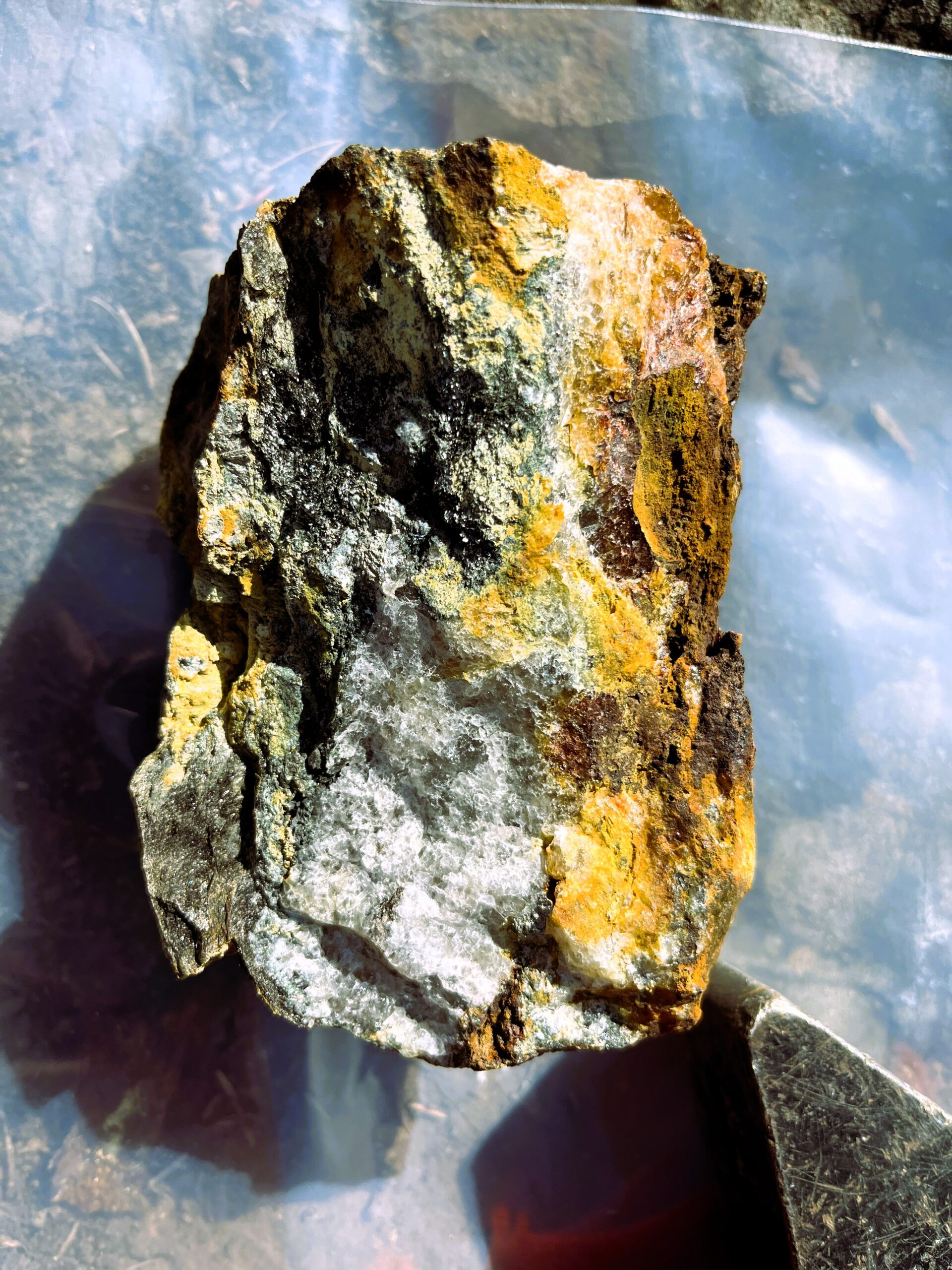Drawer Slides Size Chart Saves Time and Money During Furniture Construction
A detailed drawer slides size chart is an indispensable tool that can significantly save time and money during furniture construction. When building or assembling furniture with drawers, choosing the right drawer slides is critical for ensuring smooth operation, durability, and proper fit. Without a precise size chart, makers often face trial-and-error scenarios, leading to wasted materials, increased labor, and frustration. A comprehensive size chart provides exact measurements and specifications for various types of drawer slides, including length, width, thickness, weight capacity, and extension type, helping craftsmen and DIY enthusiasts select the perfect slide for their project quickly and confidently. Using a drawer slides size chart streamlines the selection process by eliminating guesswork. When furniture builders know the exact dimensions of their drawers, they can refer to the chart to find a matching slide length and type, ensuring compatibility. This precision reduces the chances of ordering incorrect sizes that do not fit or function well, thus preventing costly returns or adjustments. It also helps in planning the layout of the drawer assembly accurately, which minimizes cutting errors and the need for rework.

Moreover, with Maxave size chart, manufacturers and hobbyists can standardize their builds, creating uniformity in production and saving time when assembling multiple pieces. In addition to saving time, a drawer slides size chart helps control costs by optimizing material usage and labor efficiency. Ordering the correct size the first time means fewer mistakes that lead to wasted components or damaged parts. This is especially important in commercial settings where large volumes of furniture are produced, and even small errors multiply into significant losses. For smaller-scale projects, avoiding the hassle of resizing or reordering slides translates into fewer delays and lower overall expenses. Furthermore, the chart can guide users toward selecting slides that balance cost with performance, such as choosing the appropriate weight rating for the drawer contents, avoiding overpaying for unnecessarily heavy-duty hardware. The benefits of a size chart extend beyond the initial selection stage into installation and maintenance. Knowing the exact slide dimensions helps ensure proper mounting, alignment, and clearance within the drawer cabinet.
This prevents operational issues like binding, sagging, or uneven drawer movement that could otherwise require additional labor or replacement parts. Smooth-functioning drawers improve the user experience and increase the furniture’s lifespan, providing long-term value. For manufacturers, this translates into fewer warranty claims and enhanced customer satisfaction, which can save money and strengthen reputation. Additionally, a size chart can serve as an educational resource for new furniture builders or DIYers who may be unfamiliar with the technical details of drawer slides. It demystifies the range of options available and clarifies the importance of measurements such as slide length versus drawer depth, and side-mount versus undermount slides. This knowledge empowers users to make informed choices that suit their specific needs, reducing frustration and trial costs associated with incorrect hardware. A drawer slides size chart is more than just a reference it is a practical guide that improves efficiency, accuracy, and cost-effectiveness in furniture construction. By providing detailed measurements and specifications, it helps builders avoid common pitfalls, speeds up the assembly process, and ensures durable, well-functioning drawers.



